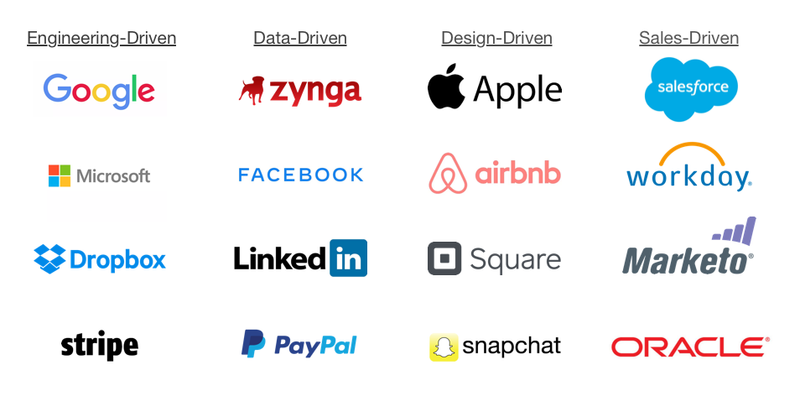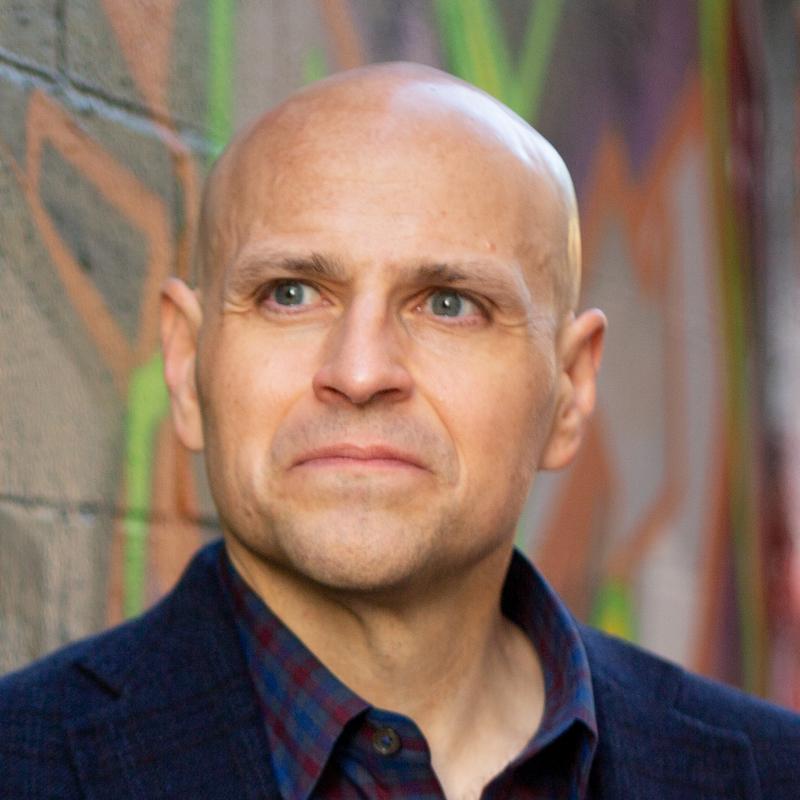
I’ve received scores of email from readers since the dramatic reboot of this newsletter. You’ve sent questions and suggested topics that will keep me occupied for years. Thank you.
One of the most popular themes is around product culture. For example, reader Chaz asks:
The big question is, what kind of company values product management?
And Matthew writes:
I’m at a bit of a crossroads in my career and am contemplating what is the “right” product culture at a company and what am I looking for in my next venture.
In many years of writing about product management I’ve never directly addressed the question of what makes for a healthy product culture (although I’ve danced around it and even touched on the opposite).
We should talk a bit about what we mean by “product culture.” I take it to mean an environment where product management is practiced (as we define it), where it is valued by the business, and where PMs can thrive and grow. Quite simply: a place that lets you do the job and deliver products that solve customer problems.
There are lots of different ways to achieve this and it’s more than culture. We can come up with many examples of companies that we’d consider successful product organizations that have vastly different cultures and approaches to development. Compare Google’s heavily engineering-oriented mindset with the design-driven philosophy of Airbnb. (See this piece from Sachin Rekhi for more on this.)

Image by Sachin Rekhi
Both Google and Airbnb are environments where PMs can thrive and have brought wildly successful products to market. I’ve known talented PMs who loved working at Google but would have hated Airbnb, and vice versa. And in neither company are PMs “in charge.” But both companies recognize the value of product management and consistently deliver amazing results that help the business grow.
So given that we see vastly different cultures across strong product organizations, what are the characteristics they most have in common?
In their fantastic new book, EMPOWERED: Ordinary People, Extraordinary Products, Marty Cagan and Chris Jones offer a framework of three consistent themes for identifying winning product organizations. They’re spot-on:
- The Role of Technology: “The vast majority of companies view technology as a necessary expense. In contrast, in strong product companies, technology is not an expense, it is the business.”
- Strong Product Leadership: “In most companies, the role of true product leadership is largely missing in action. In most companies, there is no product strategy. In contrast, in strong product companies, the product leaders are among the most impactful leaders in the company.”
- Empowered Product Teams: “In most companies, the technology teams are not empowered product teams, they are what I call here feature teams. They are all about implementing features and projects (output), and as such are not empowered or held accountable to results. In contrast, in strong product companies, teams are instead given problems to solve, rather than features to build, and most important, they are empowered to solve those problems in the best way they see fit.”
Having all three of these features doesn’t automatically result in a winning product company, but the absence of one or more is almost certainly correlated with weak product organizations. It also helps to illustrate why it is so hard to change organizations from within and why so many PMs fail to do so. How many PMs are in a position to single-handedly change how their business perceives the role of technology? Or to install product leadership into the executive ranks? I counsel product managers that it’s better to leave than to tilt at windmills if these limitations are holding you back.
When considering such a career move, Cagan and Jones’s categories can offer some guidance for sniffing out strong product companies before you join. Here are just a few examples of questions you can ask during a job search. (Just having these questions received with enthusiasm rather than annoyance will tell you a lot!)
Evaluating the role of technology and separating places where technology is the business from ones where it’s an expense:
- How does the company describe the purpose of the technology team?
- Who does the technology team report to? Is it a CTO or a CIO? Who does that person report to: is it a CEO or a CFO?
- How is the technical organization described? You can learn a lot just through the use of terms like engineering vs. “IT,” or R&D vs. “cost center.”
- How do other technology and product functions relate to the technology organization, for example: where do designers report, where do PMs fit?
- What are executives’ biggest concerns with the technology organization? Is it that they can’t hire great people fast enough or that it costs too much?
- How do they describe their unique strategic advantage? Do they talk about engineering innovation as a differentiator, or a commodity and a means to an end?
- Are engineers and technologists involved in the interview process for PMs? If not, that’s a bad sign. If so, ask them if they feel empowered?
- Has the company been able to recruit people from other successful product companies?
- Are there technology leaders on the board of directors?
Identifying capable product leadership and separating them from companies where product leadership is weak or non-existent:
- Who does the product team report to? Is there a senior product leader who reports directly to the CEO or is the PM team subservient to a function like IT or Marketing?
- Does the company have a strong track record of promoting product leaders into general management or even CEO? Are there any product leaders on the board of directors?
- What are the characteristics that are valued in product leaders? Are they seen as innovators or merely doers?
- Who owns the product roadmap? Is it a command-and-control function of sales or general management, or does the product leadership own this?
- Are product leaders considered amongst the most powerful executives at the company?
- During the interview process are you getting to spend enough time with product leaders?
- When asked about the product vision do they share an inspiring customer-focused north star or a tactical set of features and efforts?
Finding empowered product teams (as opposed to feature teams):
- When asked, how does the company describe a “product team”? Who’s included in it?
- Where do projects and initiatives come from? Are they mandated from above or elsewhere in the corporation, or do they emerge from the product teams themselves? A solid question for PMs: “who decides what your team works on next?”
- When asked to describe the role of product management, does it sound more like a tactical project manager or factory floor supervisor?
- Is there a track record of PMs growing in the organization and taking on executive leadership roles?
- How is success measured for a product? Who decides the success criteria? Who measures it?
- Who is responsible for interfacing with users and customers and synthesizing what is learned?
- What is the charter for how product teams are organized: it is around problems to solve or customer needs, or is it particular product surfaces, feature queues, or sales constituents?
I certainly don’t mean to imply that you can’t enjoy your job or find success as a product manager at companies that don’t hit on all three of these benchmarks. Many PMs thrive in organizations that don’t center technology, and plenty of PMs don’t even work with engineering organizations at all. But for those who are seeking strong product-oriented cultures or for those of you who might have a nagging sense that something’s missing, this framework can serve as a handy yardstick.
